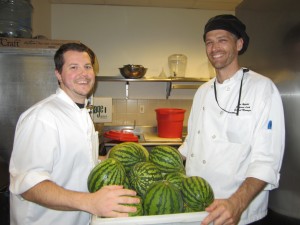The food item that received the most attention last Tuesday was never touched by a chef’s hand at all: the kiwi berry.
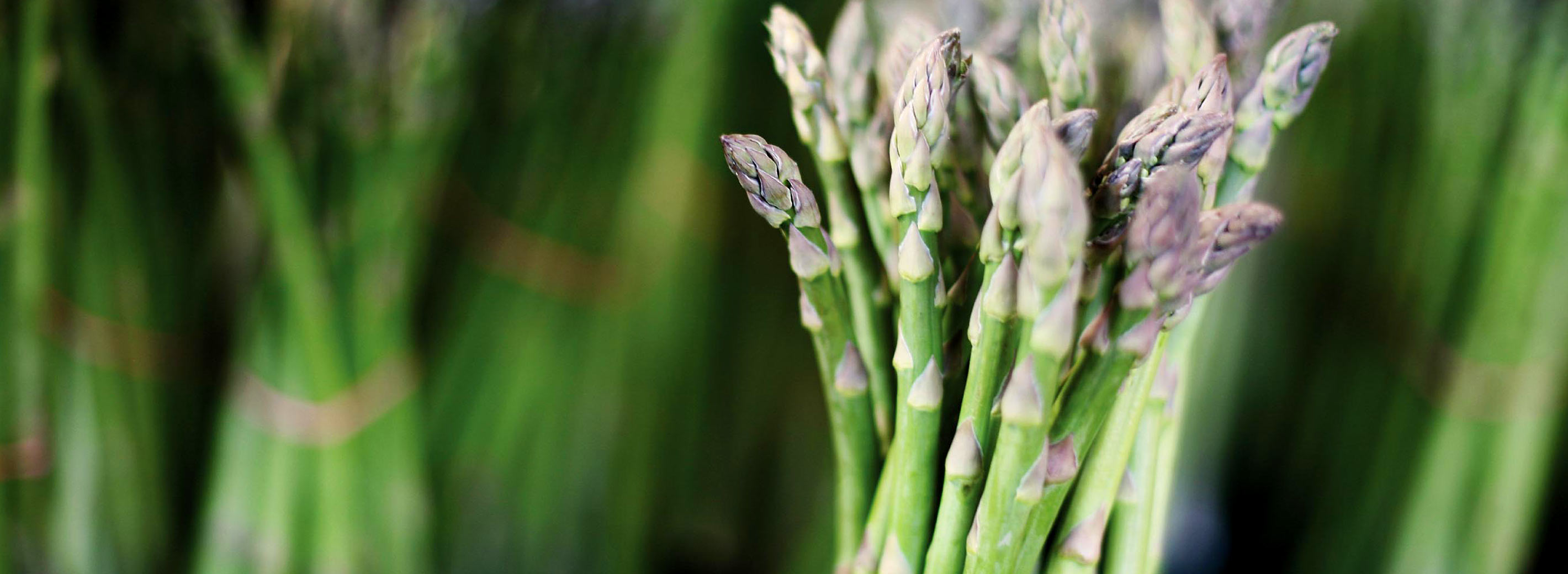
Blog: Farm to Fork
+ Blog Categories
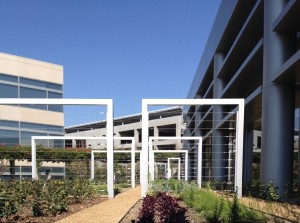
What’s Growing On (Part Two): A Look at Three Corporate Kitchen Gardens
- Blog
At Bon Appétit, we love local food — just ask the thousand-plus small farmers, fishers, and artisans who supply us through our Farm to Fork program. Inspired by them, teams at many of our corporate accounts have started growing some of their own food.
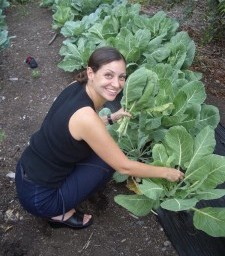
The real question about local food
- Blog
“Which is better for the environment and the economy — a tomato grown nearby or one from the supermarket?” That’s how USA Today starts off a recent piece titled “Local food is trendy, but is it really more eco-friendly?,” discussing two new books that claim to debunk the idea that it is. This argument is a pretty moldy one — it’s been floating around since we launched the Eat Local Challenge, back in 2005 — and it surprises me that anyone still likes to take a bite of it.
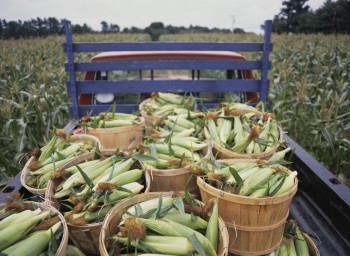
From the Cob to Café: Freezing Super Sweet, Farm to Fork Corn
- Blog
Although farmers planted corn in record numbers this year — the most acres since 1937 — the current drought affecting the Midwest means yields are predicted to be well below last year’s. However, very little of the corn planted in the Midwest is edible: most of it goes to feed animals or for fuel. But there are farmers who grow against the grain, so to speak. Last year, when Bon Appétit District Manager Sam Currie discovered Hutterian Brethren Farms had a surplus of the sweetest corn he’d ever had, he jumped at the opportunity to find a way for our accounts to use it.
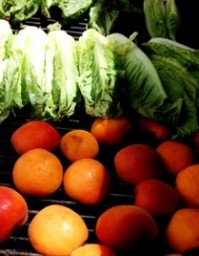
Going Beyond the Burger: Using the Grill for Fruit and Vegetables
- Blog
Summer is almost here and that means one thing: it’s time to move cooking outdoors. Grilling is a great way to infuse flavor into food while keeping your house cool. Burgers are the iconic grill food, but some of our local Bay Area chefs are getting much more creative and grilling everything from fruit to lettuce!
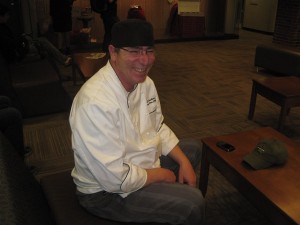
Employee Spotlight: Executive Sous Chef John E. Faulkner, aka Mr. Bon Appétit
- Blog
On a visit to Colorado College, I was sitting in the student center, working on some things while enjoying the atmosphere of being on a college campus, when Executive Sous Chef John E. Faulkner sat down next to me. John has been with Bon Appétit for more than 15 years. I wish I’d had a video camera running. Instead, these notes will have to try to convey the spirit of the man who claimed “I am Bon Appétit!”
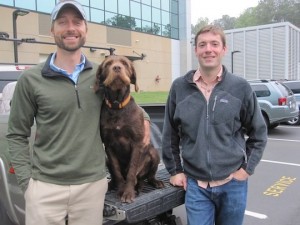
Fast vs. Slow Food: Two North Carolina Farm to Fork Vendors
- Blog
Recently I met two very different Farm to Fork suppliers for Bon Appétit accounts in North Carolina — about as different as you’d expect a fish distributor and a beef rancher to be. Yet they had one key thing in common that made partnerships with our teams work.
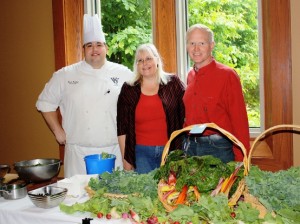
Washington University Grows Farm to Fork Program
- Blog
The question is: How do you connect large volume needs of the University with the very small volume output of most Midwestern family farms? Bon Appétit at Washington University recently hosted a farmer’s meeting, inviting over 35 farmers from Illinois and Missouri, to tackle exactly this question.
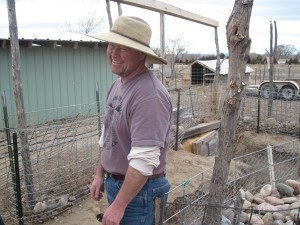
A Visit with Ryan Morris, the Mad Scientist of Country Roots Farm
- Blog
As soon as we arrived at Country Roots Farm in Pueblo, CO, I knew this was going to be an interesting visit. Lying around were so many creative gadgets and yard decorations made from repurposed materials that I half expected Doc from Back to the Future to appear in Carhartts wielding a pitchfork.
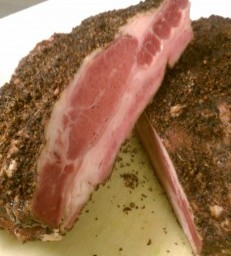
Chefs Apply “From Scratch” Principle to Bacon, Sausage, and More
- Blog
Once a way to preserve meat without refrigeration, charcuterie – the branch of cooking devoted to preparing bacon, ham, sausage, terrines, galantines, pâtés, and confit – has become an art within the culinary world. It’s also a popular cooking technique among devotees of sustainable food, because it utilizes parts of the animal that would otherwise be discarded. Making charcuterie isn’t easy, but Bon Appétit chefs across the country are embracing the challenge!
